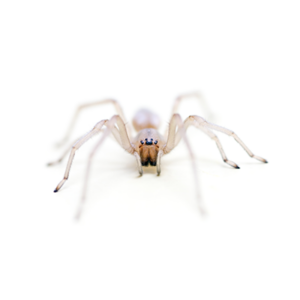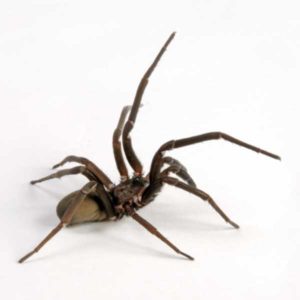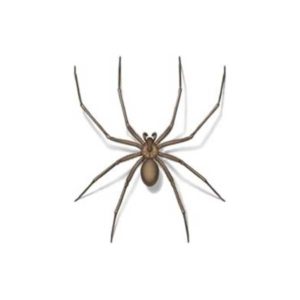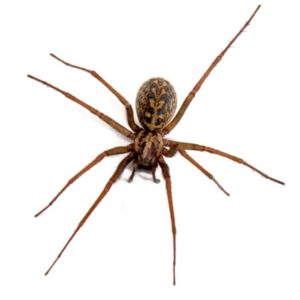House Spider Identification
What Do House Spiders Look Like?
House spiders are commonly found in human dwellings and vary in color from yellowish-brown to dark brown, often with patterned bodies. They have a bulbous abdomen and range in size, but are typically small to medium-sized. Their webs are often found in corners, under furniture, and in less frequented areas of the home.
Signs of a House Spider Infestation
Signs of a house spider infestation include frequent sightings of spiders and their webs in corners of rooms, window frames, and in basements and garages. A large number of cobwebs in these areas can also indicate their presence.
Habitat, Diet, Life Cycle & Bites
Where Do House Spiders Live?
House spiders typically prefer quiet, undisturbed areas of homes such as attics, basements, closets, and storage areas. They are known to inhabit corners of rooms and spaces behind furniture and appliances.
Diet of a House Spider
Their diet mainly consists of insects like flies, mosquitoes, and other small bugs. They are beneficial in controlling the population of household pests.
Life Cycle of a House Spider
The life cycle of house spiders involves the female laying eggs in silken sacs, often hidden within their webs. Spiderlings emerge and undergo several molts before reaching adulthood.
House Spider Bites
Domestic house spiders move quickly, are not aggressive, and will often retreat when confronted. If cornered with no possible escape, house spiders may bite, although documented cases of domestic spider bites are extremely rare. If bitten, the symptoms may include slight pain, swelling, and itching.
Are House Spiders Dangerous?
House spiders are generally not dangerous to humans. They are non-aggressive and their venom is not harmful to people, making them more of a nuisance than a threat.
How to Get Rid of House Spiders?
Regular cleaning and dusting can help reduce house spider populations. Removing existing webs, sealing cracks and gaps, and controlling household pests can also deter them. For persistent spiders, Bug Out’s expert spider control services can help.
House Spider Prevention Tips
To prevent house spiders, maintain a clean and clutter-free home. Use window screens and door sweeps to prevent their entry from outside, and manage other insects that serve as their food source.
Need help with House Spiders control?
FAQs
Are House Spider Bites Poisonous?
House spider bites are not poisonous to humans. Bites are rare and typically result in only mild irritation or redness.
What Attracts House Spiders to Homes?
House spiders are attracted to homes in search of food, which includes common household insects. They also seek shelter in undisturbed areas of a house.
Can I Touch a House Spider?
While you can, it’s generally best to avoid handling spiders. They are delicate, and handling can be stressful for them.
Should I Get Rid of House Spiders?
It’s not necessary unless their presence is bothersome. They help control pests like flies and mosquitoes.
How Do You Know If It’s a House Spider?
House spiders are typically small to medium-sized, often found in webs in corners of rooms, windows, or basements. See our common spider species to help you identify which spider you are dealing with.





